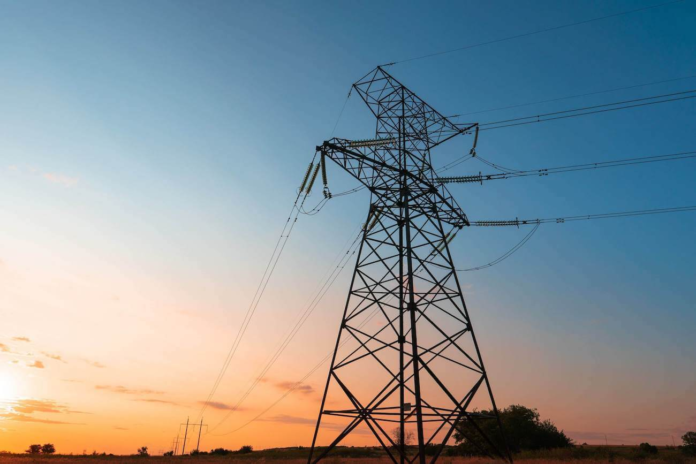Energy deregulation puts more power in your hands rather than monopolistic utility companies. But how does it work?
Instead of regulated markets where consumers have one choice for their utility provider, deregulated states allow you to choose between several providers. This competition creates a variety of options for you, including greener plans.
Suppliers
When you live in a deregulated energy market, there are multiple providers. For instance, deregulated electricity in Texas from companies offers competitive rates, different options for energy sources, and more. It can be confusing to navigate this new system, so finding a company with a good reputation and years of experience in your area is important.
Most states have regulated monopolies that don’t allow you to pick where your electricity comes from, but 18 states allow you to shop for the best plan and provider for your needs. In these markets, companies compete with each other to attract customers and build a reputation for service and quality. Energy suppliers function a bit like any other business, and they have to provide you with excellent customer service to win your business.
In a deregulated energy market, your electricity supply is separate from your power utility’s transmission and distribution services. If you’re interested in learning more about this topic, you can visit the websites of the Massachusetts Department of Public Utilities Energy Switch or the New York state program called Power to Choose for additional information.
While the benefits of deregulation in the energy industry can be immense, it’s important to note that the process is still evolving and has ups and downs. Until all states have fully deregulated their energy market, there will continue to be issues related to cost, energy source selection, and the availability of green power.
Costs
In deregulated markets, electricity generation companies are free to compete with one another for customers. This competition is meant to reduce costs for consumers by providing them with various options for their energy needs, such as different plans and prices.
By becoming knowledgeable shoppers, consumers who take advantage of this opportunity can save 10 to 50 percent on their energy bills. The key is figuring out how to navigate the process. Getting the facts, understanding how rates work, and reading EFLs are all part of that process. Those who don’t understand the nuances of the deregulation process could wind up losing money rather than saving it.
Even in states with deregulated energy, a consumer’s utility company will still manage transmission and distribution. The utility is a vertically integrated monopoly that states public utility commissions, or PUCs, have traditionally regulated.
While some people have complained that retail choice hasn’t significantly lowered electric rates, the truth is that average residential rates increased less in deregulated states than they did in regulated states. This is largely due to natural gas prices, which plummeted and helped decrease total rates in deregulated and regulated states.
Energy Sources
Since deregulation was introduced, consumers have had the opportunity to purchase their energy from companies that offer rates, plans, and services tailored to their needs. These providers are often competitive with regulated utilities, which means customers can receive better options at much more affordable prices.
Energy choice also gives consumers access to various energy sources, including renewables and hybrid generation. Many of these suppliers also have energy efficiency programs to help you make more efficient choices with your home’s electricity consumption. Additionally, if you’re looking to make a greener choice with your energy supply, plenty of providers offer greener energy plans.
Because the physical delivery of your energy is still handled by your local utility company, switching to a new provider won’t cause any interruptions in service. All you need to do is select the best plan for your lifestyle and business needs from the available options in your area.
While it’s true that some states still maintain regulated power markets, more than half of all states allow residents to choose their energy suppliers and plans. Residents in these states can find various competitive electric and natural gas options through SaveOnEnergy. To learn more about how the energy market in your state works, visit the Massachusetts Department of Public Utilities Energy Switch website or the NYS Power to Choose site.
Rates
If you live in a deregulated state, you can choose from the many electricity providers in your area. You can find the best plan for your usage level and budget. However, it’s important to understand the different plans, EFLs (electricity fact sheets), and other energy terms before deciding.
While it’s unclear if deregulation has resulted in lower electricity rates, it is clear that the choice it gives consumers puts them back in control of their power needs. As an added benefit, competition should help keep electricity prices down by forcing suppliers to offer competitive rates.
It is also worth noting that the Times report singles out rising transmission costs as one factor driving higher electric rates. This is strange because transmission costs are part of the industry that remains regulated in deregulated states.
The United States stays fairly divided on the issue of regulating versus deregulating electricity markets. Some states allow market competition for electricity supplies, while others remain vertically integrated monopoly utilities that own and manage the entire power flow from generation to meter. These utilities are often overseen by a public utility commission, or PUC, which sets rate increases and other fees within the utility sector.
